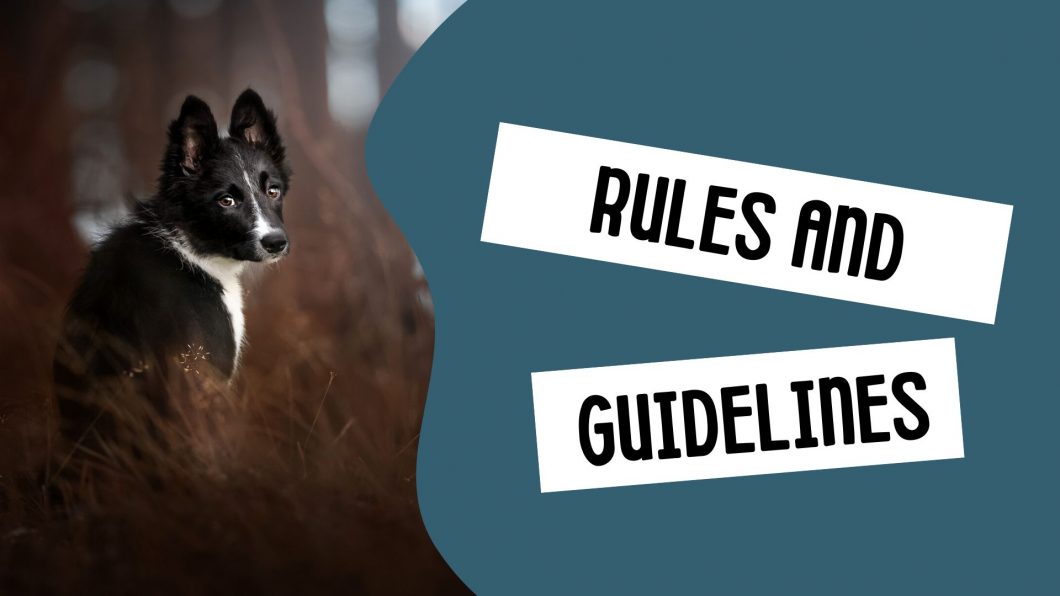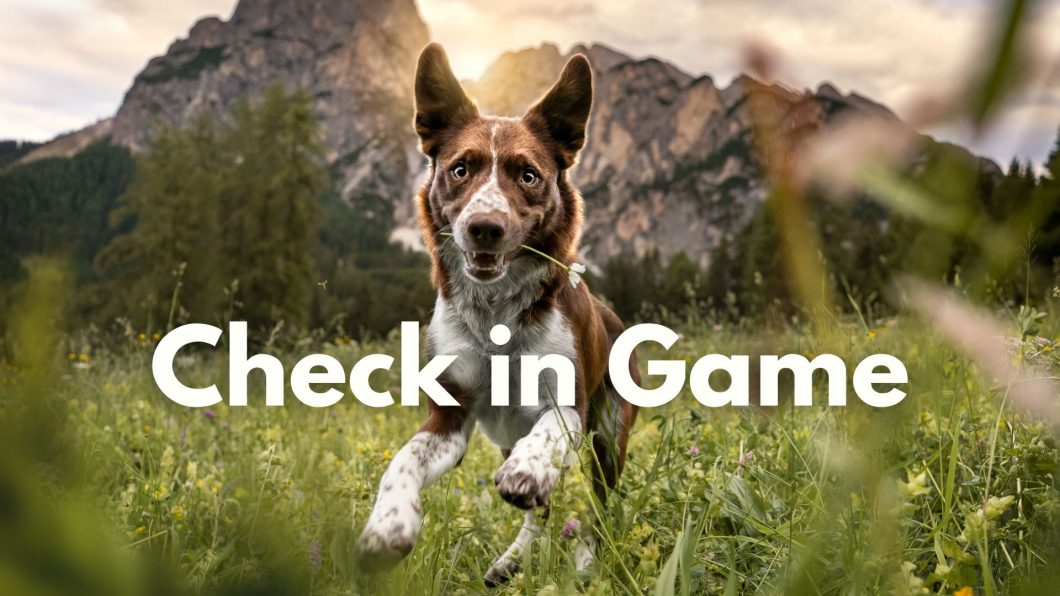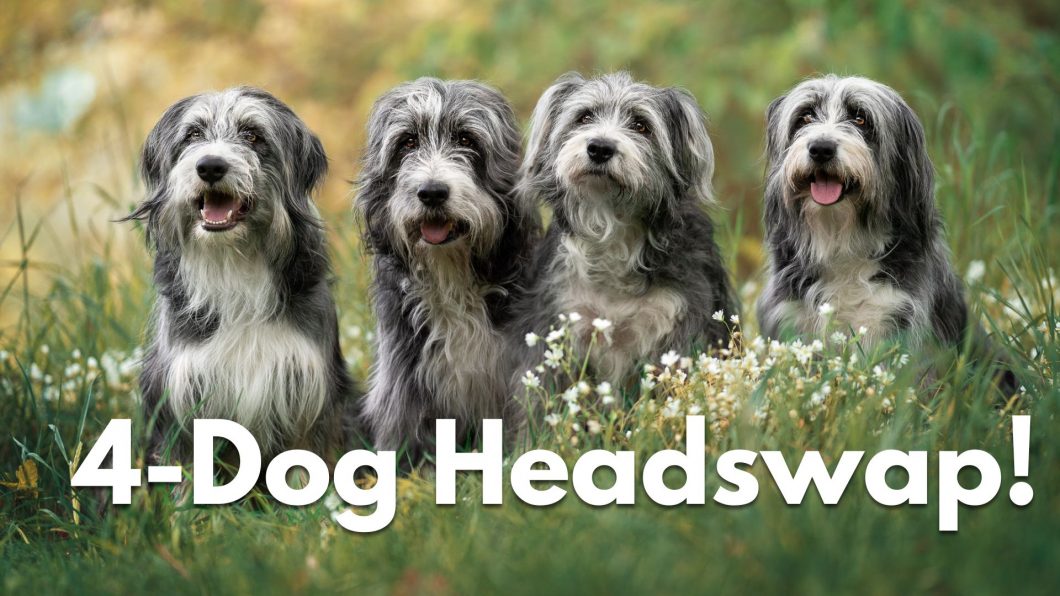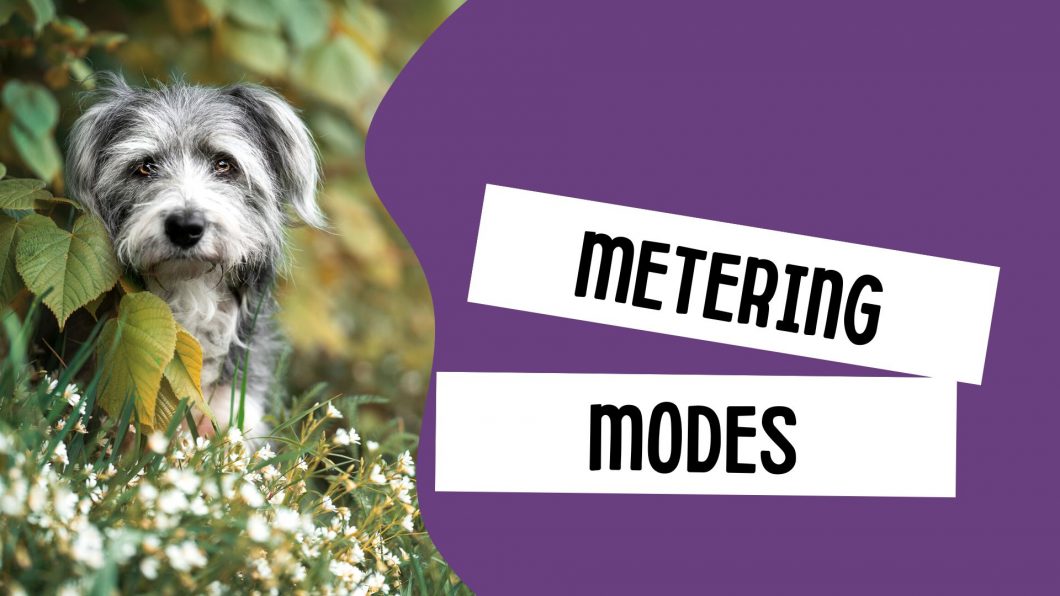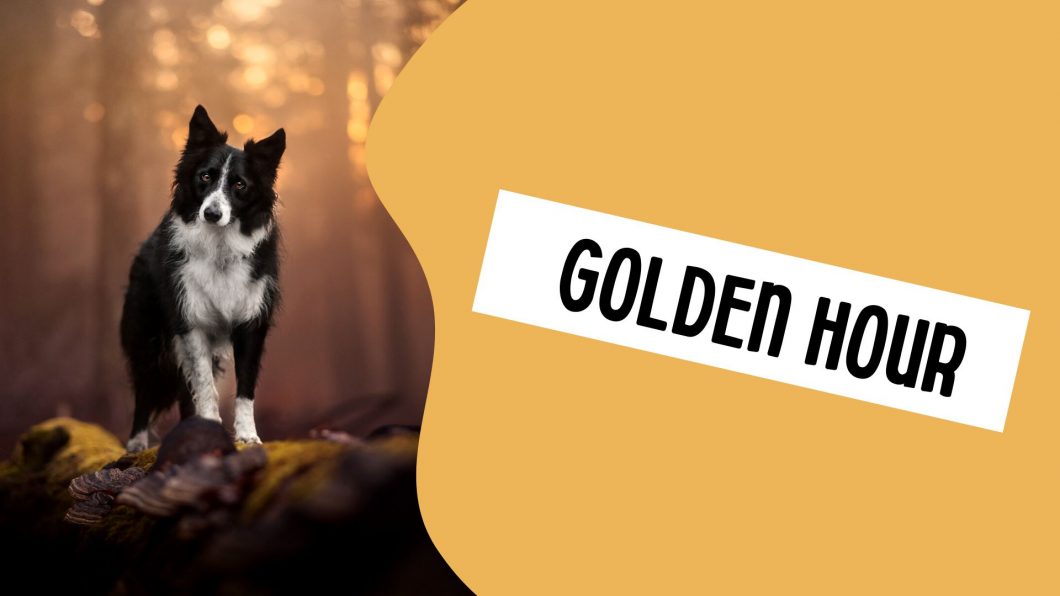Open to access this content
Archiveslearning journey
Playing the Check-in Game with Lola
Open to access this content
Personal
Open to access this content
Toys/Play
Open to access this content
Food
Open to access this content
Check-in Game
Open to access this content
Editing a 4-Dog Group Photo (Headswaps!)
Open to access this content
Metering Modes
Open to access this content
Indoor
Open to access this content
Golden Hour
Open to access this content

